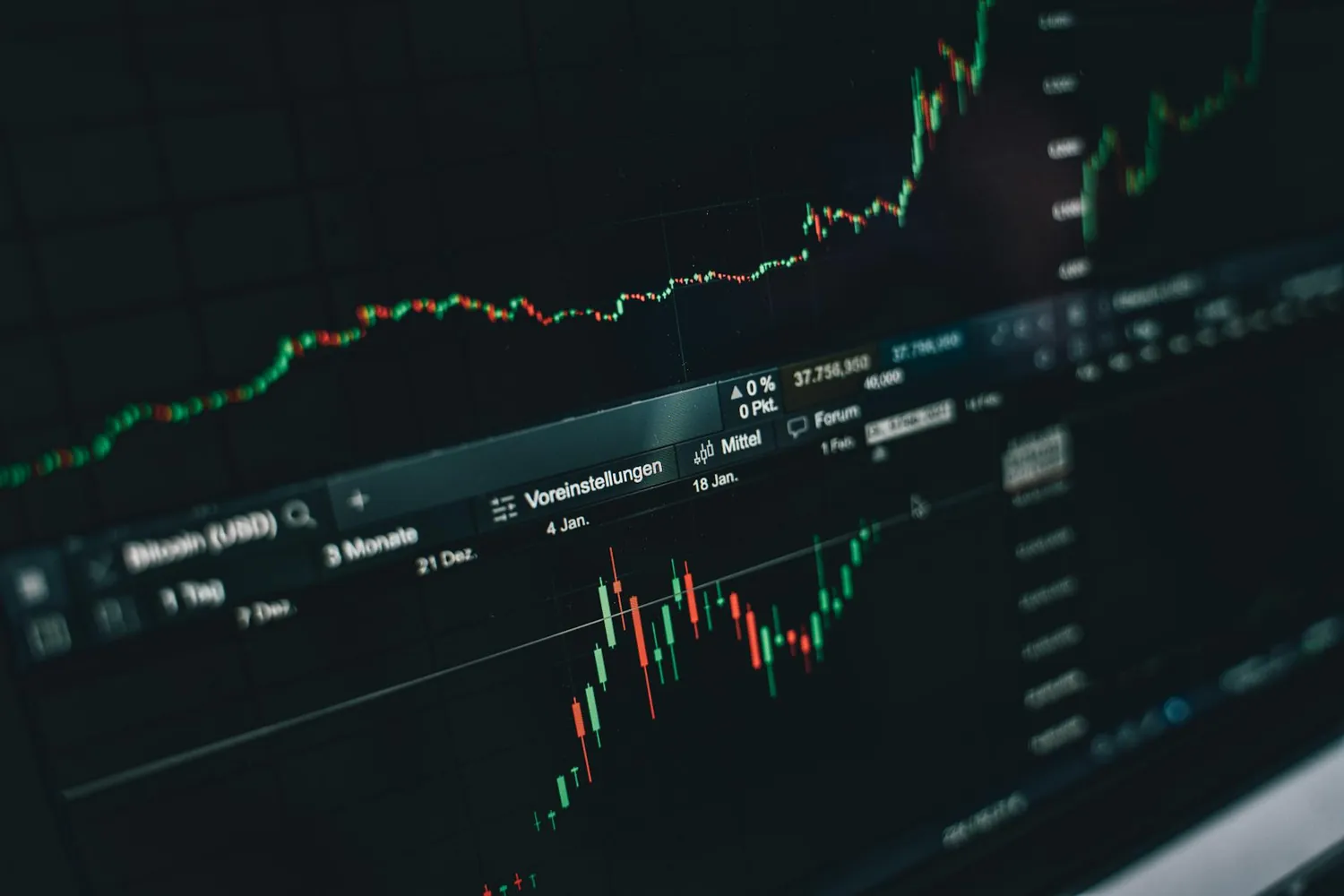Navigating Today's Market: Is Value or Growth Investing More Effective?

Understanding Value and Growth Investing
When it comes to investing, two primary strategies often emerge as contenders: value investing and growth investing. Both have their roots in well-established financial principles, yet they cater to different investor profiles and market conditions. Understanding the nuances of each can empower investors to make informed decisions.
Value Investing Explained
Value investing is about finding stocks that appear undervalued based on fundamental analysis. This means looking for companies whose stock prices do not fully reflect their intrinsic worth. Value investors often focus on metrics such as the price-to-earnings (P/E) ratio, price-to-book (P/B) ratio, and dividend yield. The underlying philosophy is to buy stocks at a discount and profit as the market recognizes their true value over time.
- Example: A company with solid financials and consistent earnings but experiencing short-term negative news might have a depressed stock price. A value investor would see this as an opportunity.
Growth Investing Unveiled
In contrast, growth investing focuses on companies expected to grow at an above-average rate compared to their industry or the overall market. These companies usually reinvest earnings into business expansion rather than paying dividends. Growth investors prioritize metrics like revenue and earnings growth rates.
- Example: A tech startup with innovative products and rapidly increasing revenues might be attractive to a growth investor, even if current profits are low.
The Long-term Benefits and Risks
Benefits of Value Investing
Value investing is grounded in the belief that the market overreacts to good and bad news, leading to stock price movements that do not correspond to a company's long-term fundamentals. This strategy benefits from the following:
- Risk Mitigation: Lower purchase prices can provide a margin of safety.
- Dividend Income: Many undervalued companies offer dividends, providing income irrespective of stock price movements.
Risks of Value Investing
Despite its potential, value investing carries inherent risks:
- Value Traps: Sometimes stocks appear undervalued for good reasons, such as declining industries.
- Time Horizon: Recognizing value can take time, requiring patience from investors.
Benefits of Growth Investing
The allure of growth investing lies in its potential for significant capital gains:
- High Returns: Successful growth companies can yield substantial returns as they expand.
- Market Sentiment: High-growth stories often attract enthusiastic investor attention, driving demand.
Risks of Growth Investing
The pursuit of high returns comes with its share of risks:
- Volatility: Growth stocks can be more volatile, especially during market corrections.
- No Guarantees: Expected growth does not always materialize, particularly in dynamic industries.
Market Conditions and Strategy Suitability
Favorable Conditions for Value Investing
Value investing tends to excel during certain market conditions:
- Bull Markets: As markets rise, undervalued stocks often get discovered by more investors.
- Recession Recoveries: During economic recovery phases, fundamentally strong companies previously overlooked become attractive.
Optimal Scenarios for Growth Investing
The growth strategy flourishes under different circumstances:
- Low-Interest Environments: Lower borrowing costs support business expansion and justify higher valuations.
- Innovative Economies: In periods marked by technological advancements, growth investing can capture substantial sector-specific gains.
A Practical Approach: Combining Strategies
A balanced investment approach can often be advantageous. By blending value and growth investing, investors can diversify risk and enhance potential returns.
Creating a Hybrid Portfolio
An effective hybrid strategy involves careful portfolio allocation. Here is a practical process:
- Assess your risk tolerance and investment goals.
- Select a mix of value and growth stocks aligned with these criteria.
- Diversify across sectors to mitigate industry-specific risks.
This balanced approach can help smooth out volatility while benefiting from the strengths of both strategies.
Concluding Thoughts
The debate between value versus growth investing is not about one being better than the other but understanding when each strategy is most effective. Seasoned investors leverage both based on market conditions and personal financial goals. As we navigate today's complex market environment, knowledge remains the most powerful tool an investor can wield.





